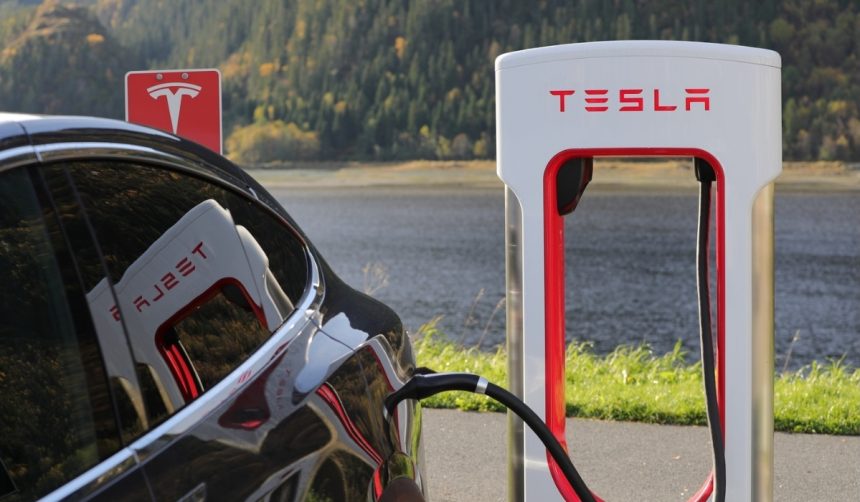Residents of Italy, France, and Germany can now witness Tesla’s Full Self-Driving (Supervised) in real-world conditions from the passenger seat, as the company expands its hands-on demonstration program across major European cities. This initiative welcomes everyday drivers, enthusiasts, and skeptics alike, encouraging them to observe how Tesla’s technology handles traffic and challenging road conditions. The move comes as European regulators consider frameworks for self-driving vehicle approvals, with Tesla aiming to gather public feedback and prepare for wider adoption. By launching these events with open public access, the company creates a chance for greater transparency about the system’s capabilities and limitations. Questions about safety and driver oversight remain, attracting both praise and critical scrutiny.
Reports from earlier launches of Full Self-Driving (Supervised) in North America focused on software performance and cautious rollouts, while also noting regulatory hesitancy regarding fully autonomous driving. Recent reviews highlight differences in road infrastructure, traffic enforcement, and public perceptions between North America and Europe. This new European program is notable for its direct public engagement before a broader commercial release, positioning Tesla to address region-specific concerns related to trust, reliability, and legal compliance.
What Experiences Do Ride-Alongs Offer?
During these ride-alongs, participants sit in the passenger seat while Tesla representatives operate the vehicles through urban roads, roundabouts, and on highways. Free appointments are available through country-specific event pages for a limited period, extending until the end of December. Tesla aims to showcase real-time responsiveness and decision-making by the FSD (Supervised) system during typical and stressful driving scenarios.
How Is Tesla Framing the Program?
Tesla presents these demonstrations as an opportunity for the public to “explore how Full Self-Driving (Supervised) works under real-world road conditions.” Company representatives further emphasize the educational aspect, inviting attendees to observe the technology’s approach to safety and navigation.
“Be one of the first to experience Full Self-Driving (Supervised) from the passenger seat,”
the company urges via its communication channels.
“Discover how it reacts to live traffic and masters the most stressful parts of driving to make the roads safer for you and others.”
Will Regulatory Approval Shape the EU Rollout?
According to the European event rollout, these demonstrations are occurring in advance of anticipated regulatory decisions, particularly a potentially pivotal early 2026 approval from Dutch authorities. Approval from the Netherlands could serve as a gateway for broad European deployment, since EU market access often hinges on such regulatory nods. Tesla’s approach may facilitate both public education and regulator familiarization, as the company works to navigate complex national and EU regulations for autonomous vehicle features.
Tesla’s ride-along program seeks to address skepticism and establish a basis for public trust in Full Self-Driving (Supervised) before unsupervised features reach European roads. By inviting direct public observation and feedback, Tesla signals an interest in collaborative adaptation rather than unilateral deployment. For consumers, the rides offer a firsthand look at potential everyday impacts on driving, safety, and urban mobility. While official regulatory approval remains a requirement for broader use, early community engagement gives Tesla a strategic opportunity to collect localized insights, assess urban performance, and potentially adapt the FSD system for European diversity in traffic patterns and road layouts. Those considering the future of autonomous vehicles in Europe will benefit from assessing these demonstrations not only as technical showcases but also as early tests of public sentiment and regulatory alignment.










